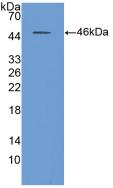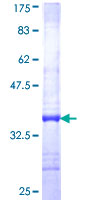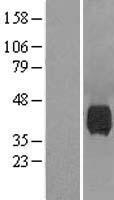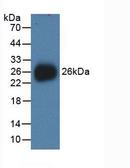order histories, retained contact details for faster checkout, review submissions, and special promotions.
Forgot password?
order histories, retained contact details for faster checkout, review submissions, and special promotions.
Location
Corporate Headquarters
Vector Laboratories, Inc.
6737 Mowry Ave
Newark, CA 94560
United States
Telephone Numbers
Customer Service: (800) 227-6666 / (650) 697-3600
Contact Us
Additional Contact Details
order histories, retained contact details for faster checkout, review submissions, and special promotions.
Forgot password?
order histories, retained contact details for faster checkout, review submissions, and special promotions.
NEU1 / NEU
sialidase 1 (lysosomal sialidase)
NEU1 / NEU is a lysosomal enzyme that cleaves terminal sialic acid residues from substrates such as glycoproteins and glycolipids. In the lysosome, this enzyme is part of a heterotrimeric complex together with beta-galactosidase and cathepsin A (the latter is also referred to as 'protective protein'). Mutations in this gene can lead to sialidosis, a lysosomal storage disease that can be type 1 (cherry red spot-myoclonus syndrome or normosomatic type), which is late-onset, or type 2 (the dysmorphic type), which occurs at an earlier age with increased severity.
| Gene Name: | sialidase 1 (lysosomal sialidase) |
| Synonyms: | NEU1, Acetylneuraminyl hydrolase, G9 gene encoding sialidase, G9 sialidase, Exo-alpha-sialidase, Neu, Sialidase-1, Lysosomal sialidase, SIAL1, N-acetyl-alpha-neuraminidase 1, NANH |
| Target Sequences: | NM_000434 NP_000425.1 Q99519 |
Publications (1)






If you do not find the reagent or information you require, please contact Customer.Support@LSBio.com to inquire about additional products in development.









